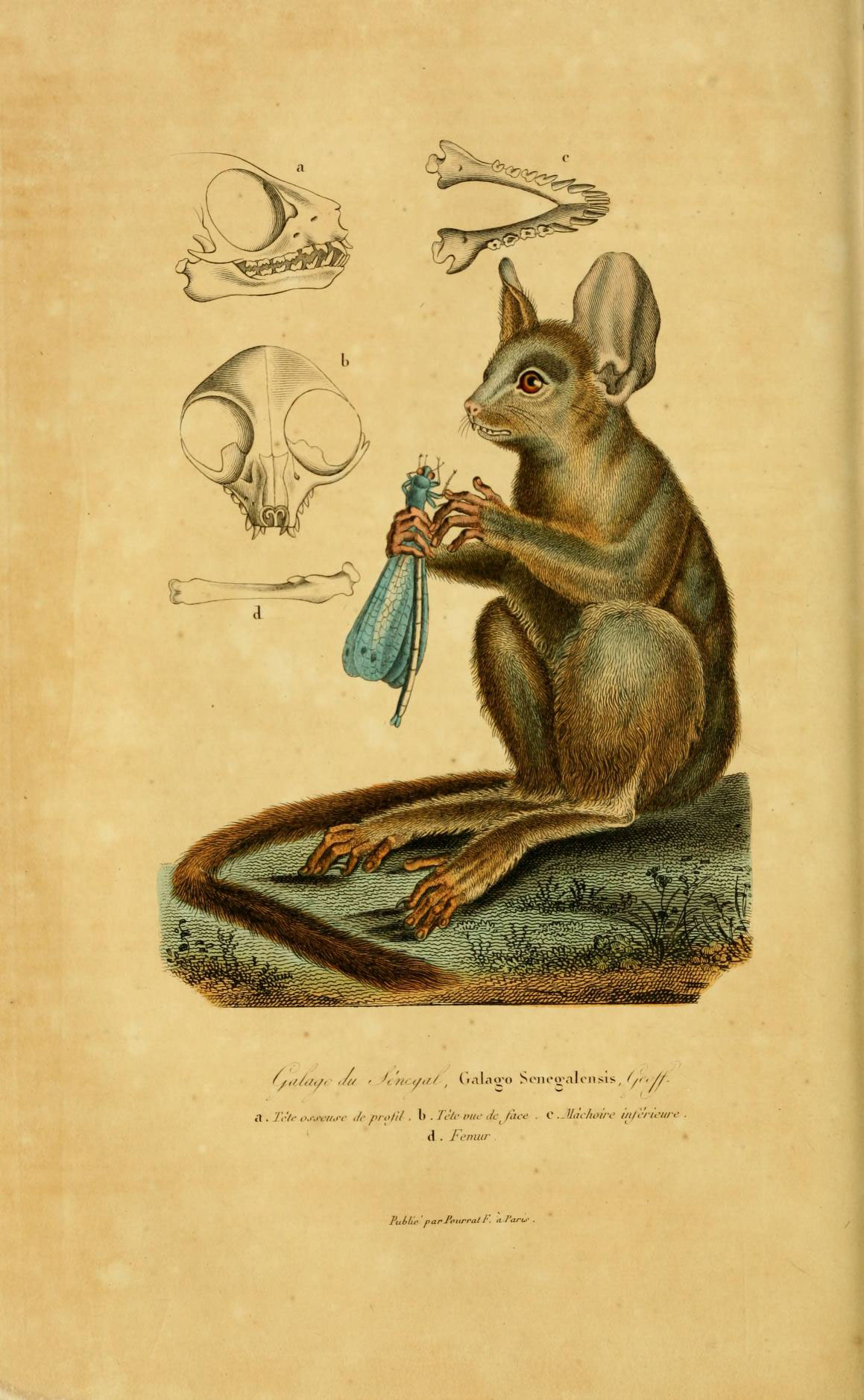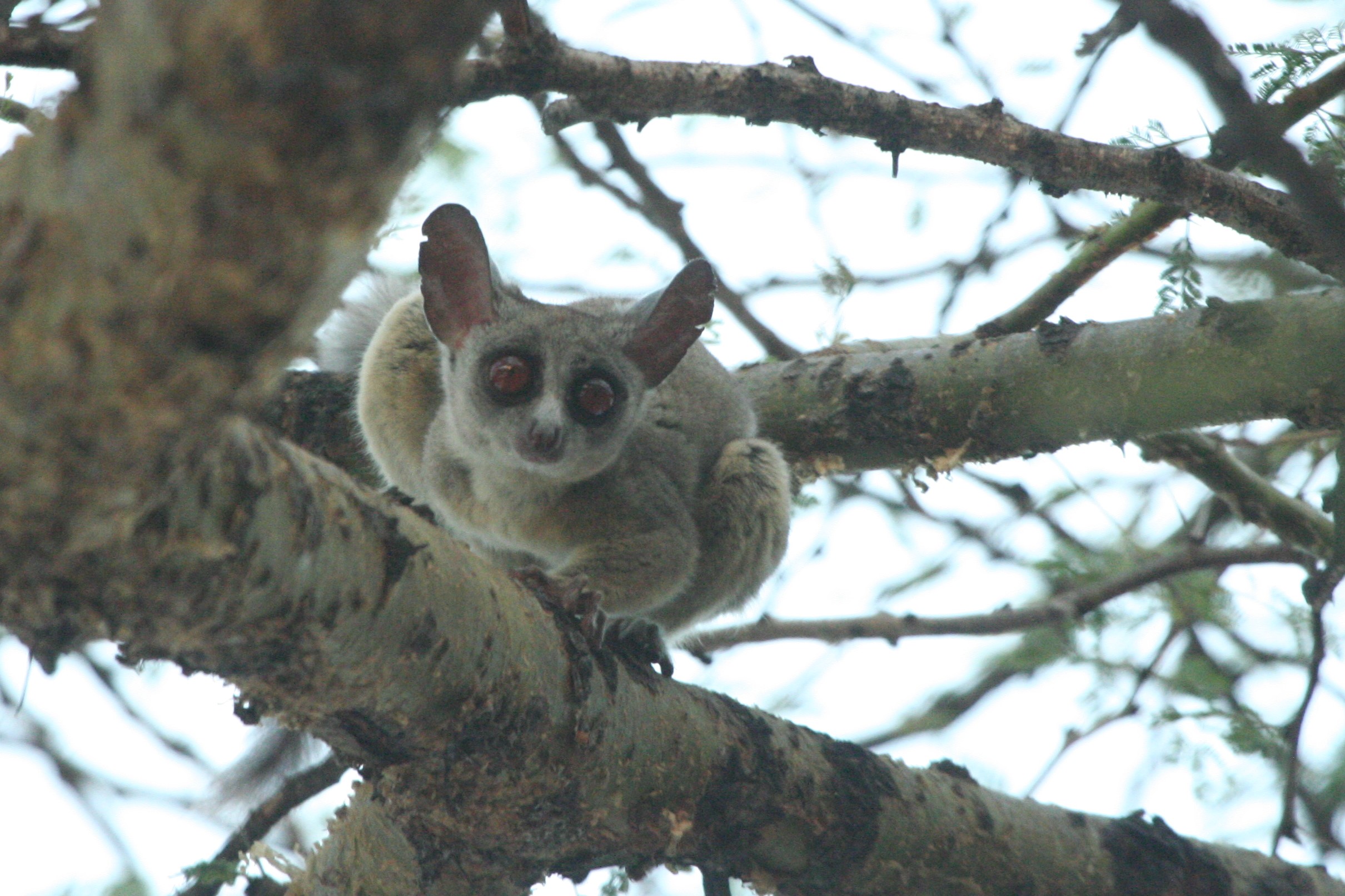.jpg?auto=compress%2Cformat&crop=faces&fit=crop&fm=jpg&h=360&q=70&w=540
)
John Alex Reyroso / Flickr
The bugs your primate ancestors loved to eat found a way into your genes
The original paleo diet lives on in humans today
Did you know that what your ancestors ate affects your genes today?
In humans, anthropologists call this an example of gene-culture coevolution, the hypothesis that human culture and genes interact; changes in culture can drive genetic change (and vice versa). The best example of this is lactose tolerance (the ability to digest dairy), which has independently evolved something like five times in different human groups. People in those groups who were lactose tolerant had a nutritional advantage over those who weren't, and so were better able to survive and pass on their genetic mutations. These mutations work by controlling the small intestine's production of lactase, a digestive enzyme that breaks down lactose, the main sugar in milk.
Digestive enzymes provide some of our clearest evidence of recent selection in our own species. Studying the variation in digestive enzymes between populations provides us with evidence that what we eat (and the variation between populations in what we eat) has actually changed our genes in different ways.

Galago
New research by Rutgers University PhD candidate Mareike Janiak (she is a friend) and her colleagues from Kent State University could add another piece to the digestive enzyme puzzle, but from an angle that some might find hard to stomach: her dissertation work is on the gene behind the digestive enzyme that allows primates to eat bugs.
Specifically, she wanted to know how very small insect-eating primates like the tarsier are able to waste so much of their stomach space on material that provides no nutrition.
Crunchy exterior, juicy center
Insects and other arthropods have hard exoskeletons (outer shells) made of a material called chitin. For a long time, researchers thought that mammals – even ones that ate a lot of bugs – were unable to produce the enzyme, called chitinase, that breaks it down. Sampling the digestive juices of mammals directly to look for chitinase is an invasive procedure. And even after sampling, it wasn't clear whether any chitinase that was found was produced by the animals themselves or came from other sources (like plants in the diet or gut microbes). The benefit to breaking down chitin would be gaining access to all of the nutrients and minerals that are bound up in it. Instead, researchers thought that small, insect-eating primates had fast gut-transit times and would simply pass the indigestible outer shells quickly.
But this didn't sit right with Janiak. If you can break the shell, you can get at the juicy center and get those nutritional benefits. But breaking down the chitin itself would offer more nutrition, which is important for tiny creatures. If natural selection was able to influence human digestive enzymes over time scales of thousands of years, shouldn't it have acted on other primates over time scales of millions of years? Shouldn't insect-eating primates be able to make chitinase?
To answer this question, she used published genomes for some of the primates to look for copies of a gene challed CHIA, which codes for acidic mammalian chitinase – the stomach enzyme that breaks down chitin. She sequenced the CHIA gene for those primates without publicly available genomes. Janiak hypothesized that primates that consume more insects should have working versions of the CHIA gene, while primates that eat fewer insects or none at all should have nonfunctional versions. These results would suggest both that the idea that mammals can't digest chitin was wrong and that the ability to break down chitin was an evolutionary advantage for primates that eat a lot of insects.

Galago
Wildlife Travel / Flickr
Janiak found that our early primate ancestors (which tended to be very small) probably had three working copies of the CHIA gene, while most living primates have only one. The species in her sample that had the most insect-heavy diets (like the tarsier and the galago) also had at least three working copies of the gene, like early primates did. (The tarsier has five copies!) These additional copies suggest that strong selection was at work in the tarsier lineage – those tarsier ancestors that were able to more effectively break down chitin had a nutritional advantage over those that couldn't.
Mystery of the CHIA debt
The same might be true for humans. If eating insects was actually an important part of our evolutionary history as a species, this might explain why we still have a functional copy of the CHIA gene. The unsolved mystery here is whether that gene still causes the production of chitinase in the human stomach; researchers have found conflicting results about this in the past. However, those studies were done on people from populations that don't often eat insects (for example, one was a side project on gastric juice samples from Italians obtained for other medical reasons).
The expression of the CHIA gene could be mediated by whether or not a person/population has a history of eating insects. This would mean that populations might vary in their ability to effectively digest insect exoskeletons. If a difference in chitinase production exists, it is likely occurring at the gene expression level - actually eating insects might turn the CHIA gene on. This would be a different genetic mechanism than what happens with lactose tolerance (where a mutation within the gene controls enzyme production) and to figure out whether or not it's happening we will need better sampling of the digestive juices from non-Western populations, some of which feature insects in their diets.
This study is potentially important both for understanding primate origins and for thinking about our future as a species. It has been suggested that our grasping hands and acute vision were early adaptations to an insect-eating lifestyle; this research provides some genetic support for those ideas. In terms of our future, many cultures around the world still consume insects, and the United Nations has proposed edible insects as a viable source of protein for our ever-growing world population. Understanding the importance of this resource to our own evolution might open the door to greater acceptance of insects as food – call them part of the original paleo diet.
